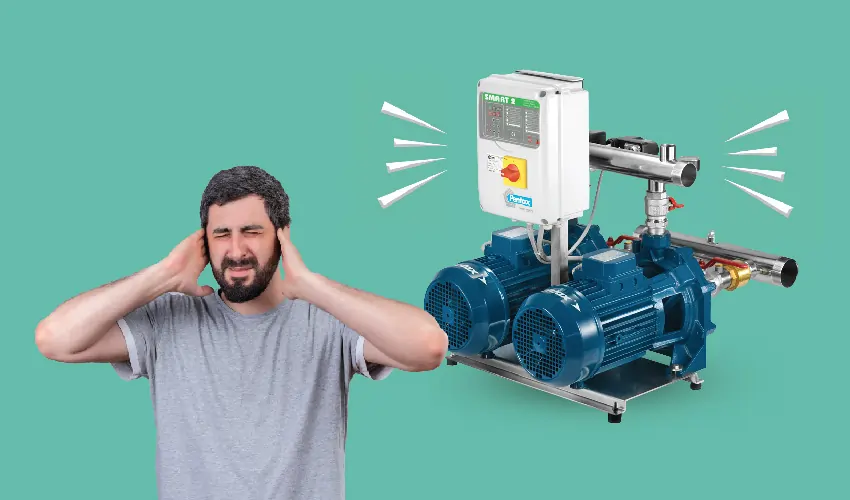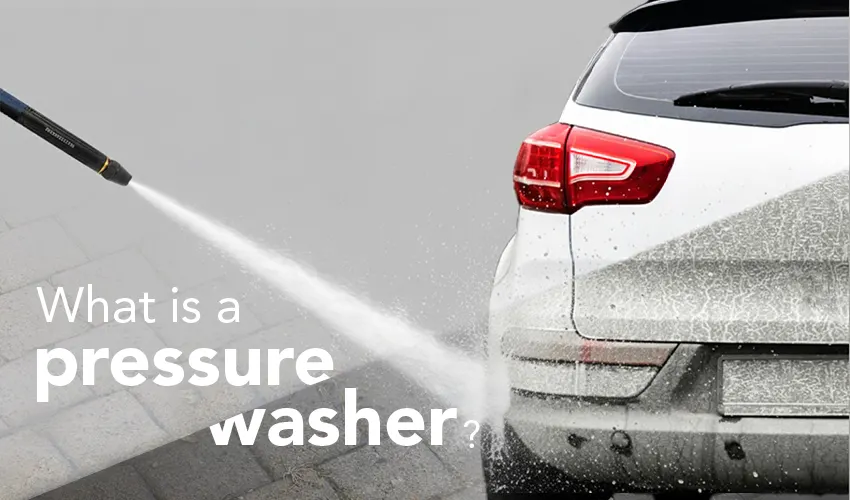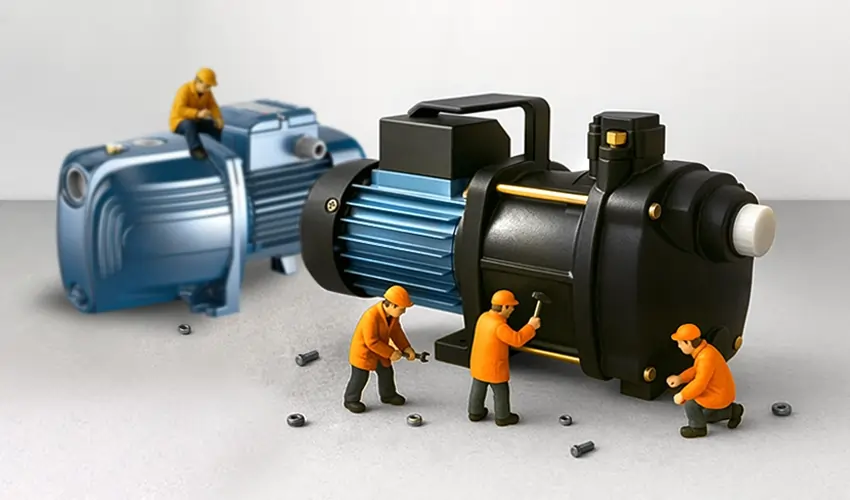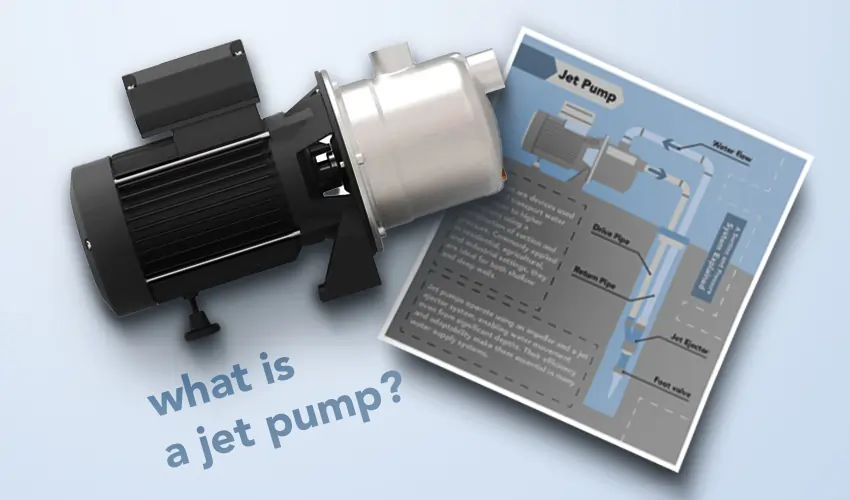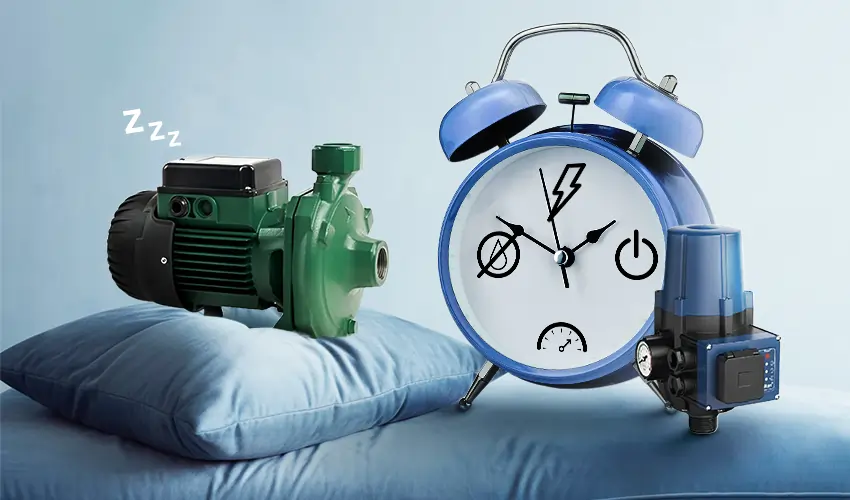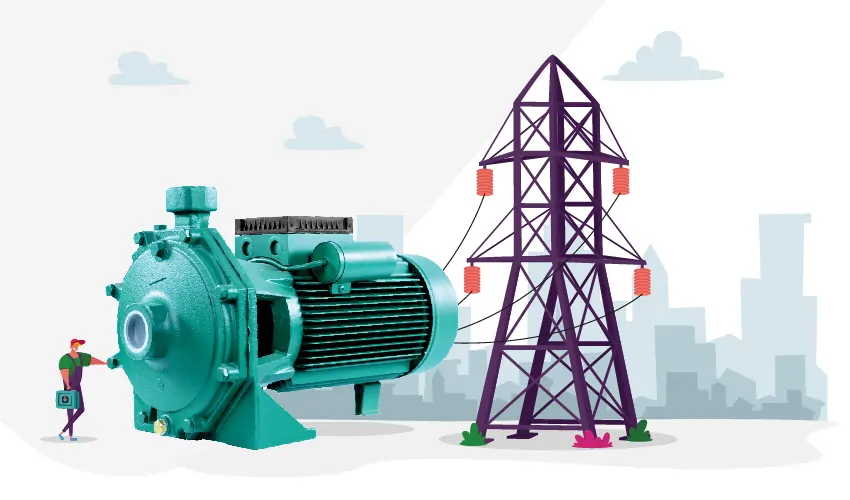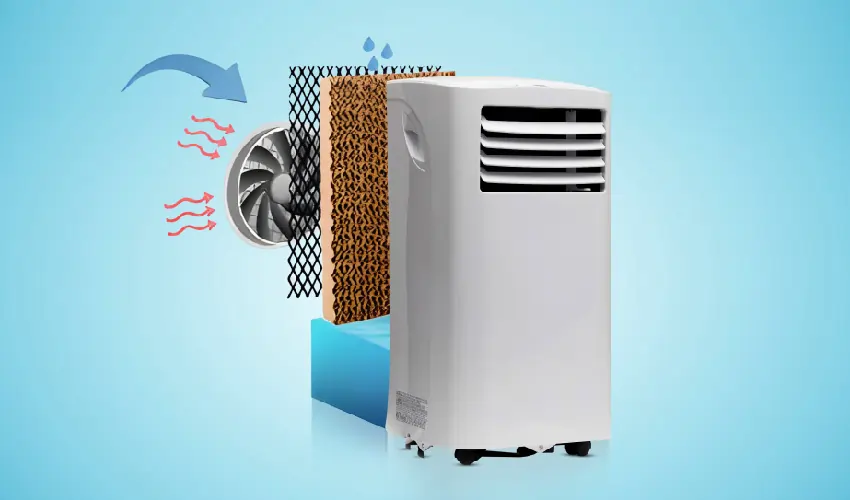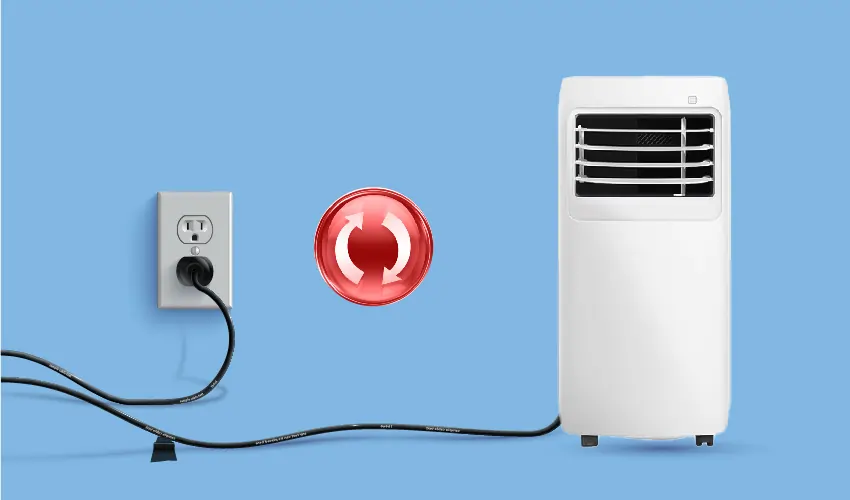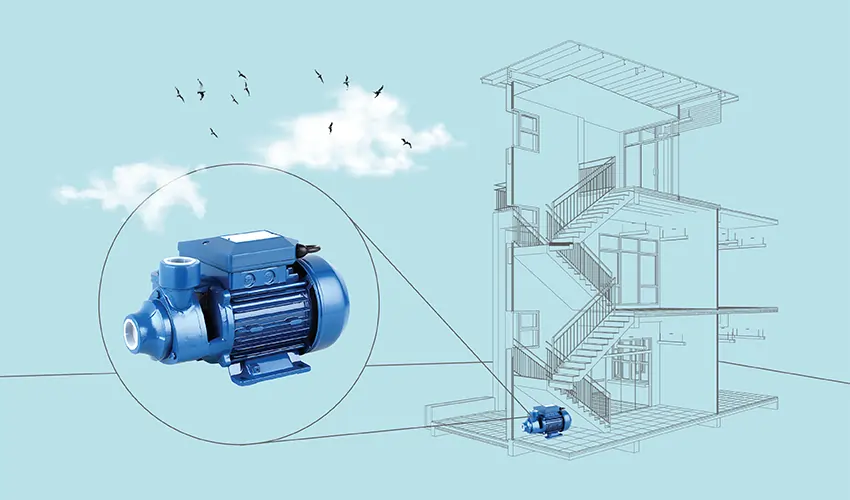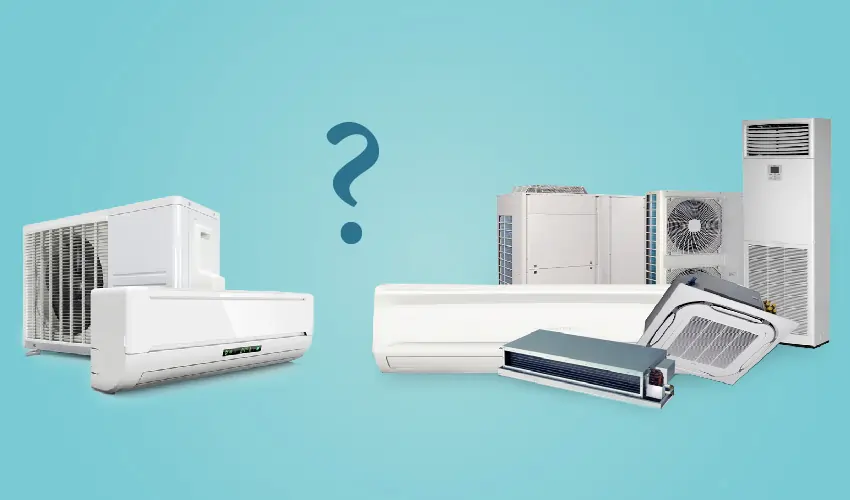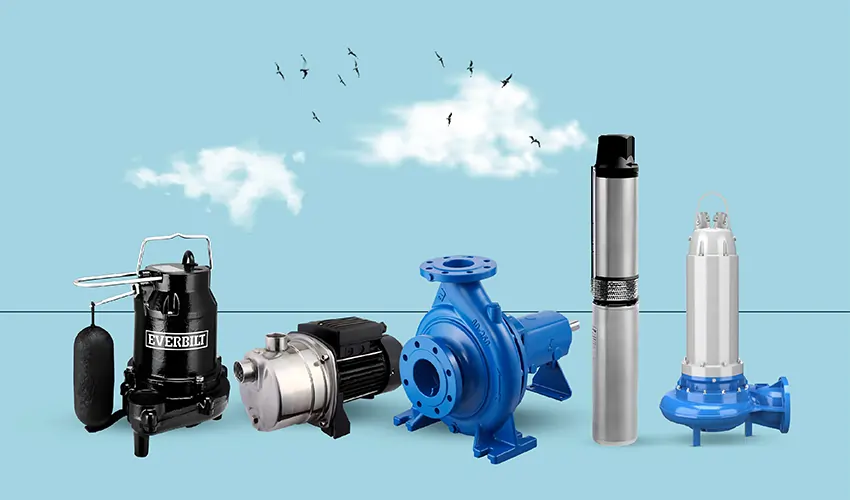Exploring ways to reduce booster pump noise isn’t just about creating a quieter environment; it’s about orchestrating a more comfortable, efficient, and harmonious experience for all.
Why Is It Important to Reduce Booster Pump Noise?
Reducing noise from booster pump is important for several reasons, particularly in residential, commercial, and industrial settings. Here are some key reasons why minimizing booster pump noise is crucial:
- Occupant Comfort: Excessive noise from booster pumps can be disruptive and annoying to occupants in homes, offices, or other spaces. A quieter environment promotes comfort and well-being, enhancing the overall user experience.
- Compliance with Regulations: Many jurisdictions have noise regulations and standards in place to protect residents and workers from excessive noise levels. Non-compliance with these regulations may result in fines or legal consequences. Therefore, reducing booster pump noise is essential for meeting regulatory requirements.
- Health and Safety: Prolonged exposure to high noise levels can have adverse effects on health, including stress, sleep disturbances, and hearing damage. Minimizing booster pump noise contributes to a healthier and safer environment for occupants.
- Productivity in Workplaces: In industrial or commercial settings, excessive noise can negatively impact productivity. Quieter booster pumps contribute to a more conducive working environment, allowing employees to focus on their tasks without the distraction of loud noise.
- Neighborhood Considerations: In residential areas, noisy booster pumps can disturb neighbors, leading to potential conflicts. Being considerate of the surrounding community helps maintain positive relationships and a harmonious living environment.
- Equipment Longevity: Excessive vibration and noise can accelerate wear and tear on pump components, potentially reducing the lifespan of the equipment. Quieter operation often indicates smoother and more efficient functioning, which can contribute to the longevity of the booster pump.
- Energy Efficiency: Some noise reduction measures, such as improving the design and maintenance of the pump system, can also contribute to increased energy efficiency. This is beneficial for both cost savings and environmental sustainability.
- Enhanced Reputation: Businesses and organizations that prioritize environmental and social responsibility, including noise reduction, can enhance their reputation among customers, employees, and the community.
- Meeting Design Specifications: In some cases, building or facility design specifications may require compliance with specific noise level criteria. Ensuring that booster pumps meet these specifications is essential for overall project success.
Why Is My Booster Pump So Loud?
There could be several reasons why your booster pump is loud. Identifying the specific cause can help you determine the appropriate solution to booster pump noise reduction. Here are some common reasons why a booster pump might be noisy:
- Vibration Issues: Vibrations generated by the pump can transfer to surrounding surfaces, amplifying noise. Ensure that the pump is securely mounted, and consider using vibration isolators to reduce transmission of vibrations.
- Air in the System: Air trapped in the pump or pipes can cause cavitation, a phenomenon where bubbles collapse and create noise. Bleeding air from the system can help alleviate this issue.
- Pipe Size and Design: Inadequate pipe size or poorly designed piping can lead to turbulence and increased noise. Verify that the pipes are appropriately sized and configured for the pump’s flow rate.
- Water Hammer: Water hammer occurs when water flow is suddenly stopped or changed direction, causing a shock wave and noise. Installing water hammer arrestors or check valves can help minimize this effect.
- Impeller Issues: Worn or damaged impellers can create irregular water flow, leading to noise. Inspect the impeller for damage and replace it if necessary.
- Cavitation: Cavitation can occur if the pressure in the pump drops too low, causing bubbles to form and collapse, resulting in noise. Ensure that the pump is operating within its specified pressure range.
- Loose Components: Loose or improperly tightened components, such as bolts and screws, can contribute to noise. Check for any loose parts and tighten or secure them as needed.
- Pump Size: If the pump is undersized for the application, it may have to work harder, leading to increased noise. Ensure that the pump’s capacity matches the demands of the system.
- Lack of Maintenance: Regular maintenance is essential to keep the pump in good working condition. Dirty or worn-out components can contribute to noise. Clean or replace filters, check lubrication, and perform other routine maintenance tasks.
- Improper Installation: Incorrect installation can result in operational issues, including increased noise. Ensure that the pump is installed according to the manufacturer’s guidelines.
How to Stop Water Pump Noise
Booster pump noise reduction involves identifying the specific cause of the noise and implementing appropriate solutions. Here are some general steps you can take to address water pump noise:
- Check for Air in the System: Air trapped in the pump or pipes can lead to noise. Bleed air from the system by opening air release valves or purging the air from the pipes. This can help reduce cavitation noise.
- Install Vibration Isolators: Vibration isolators can prevent the transfer of pump vibrations to surrounding surfaces, minimizing noise. Ensure that the pump is securely mounted, and consider using vibration isolators or rubber mounts.
- Address Water Hammer: Water hammer occurs when water flow is suddenly stopped or changed direction, causing a shock wave and noise. Install water hammer arrestors or check valves to absorb the pressure spikes and reduce noise.
- Check for Loose Components: Loose bolts, screws, or other components can contribute to noise. Inspect the pump and associated piping for any loose parts and tighten or secure them as needed.
- Verify Proper Pipe Size and Design: Inadequate pipe size or poorly designed piping can lead to turbulence and increased noise. Ensure that the pipes are appropriately sized and configured for the pump’s flow rate.
- Inspect Impeller and Pump Components: Worn or damaged impellers and other pump components can cause irregular water flow and noise. Inspect these parts regularly, and replace or repair them as necessary.
- Check Pump Size and Capacity: Ensure that the pump’s capacity matches the demands of the system. An undersized pump may have to work harder, leading to increased noise.
- Install Acoustic Insulation: Applying acoustic insulation around the pump and pipes can help absorb and dampen noise. Insulation materials, such as foam or rubber, can be installed to reduce sound transmission.
- Perform Regular Maintenance: Regular maintenance is crucial for preventing issues that can contribute to noise. Clean or replace filters, check lubrication, and perform other routine maintenance tasks to keep the pump in good working condition.
- Consult with a Professional: If you’re unable to identify or resolve the issue on your own, consider consulting with a professional pump technician or plumber. They can assess the specific situation, diagnose the problem, and recommend appropriate measures.
Conclusion
In conclusion, Minimize noise from booster pump is crucial for creating a conducive and comfortable environment, whether in residential, commercial, or industrial settings. By addressing common sources of noise such as cavitation, water hammer, vibrations, and inadequate system design, it is possible to enhance occupant comfort, comply with regulations, and promote the longevity and efficient operation of the pump.

